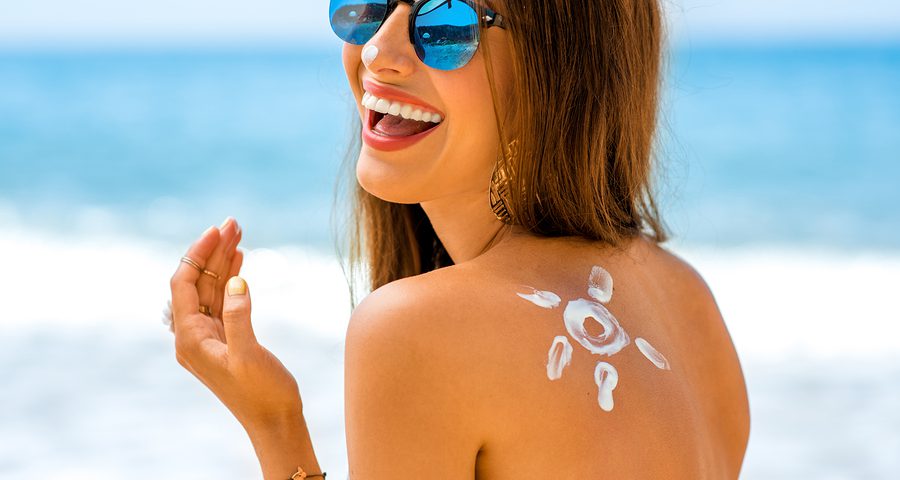By George Deckner, UL Prospector
Metal oxide-based sunscreen formulations have become very popular in recent years as alternatives to “chemical” sunscreens and are globally approved as sunscreens. Micronized Titanium Dioxide, Zinc Oxide and chemical-based sunscreens all work in a similar manner by absorbing UV radiation.
Advantages of using micronized metal oxides in sunscreens
- Better positioned as “natural”
- Globally approved
- Less irritating and penetrating than chemical sunscreens
- Often positioned for babies and sensitive skin
- More SPF efficient than chemical sunscreens
- Very efficient at boosting SPF when combined with chemical sunscreens.
Disadvantages of using micronized metal oxides in sunscreens
- Formulations are very process sensitive
- SPF can decrease over time due to agglomeration of metal oxide particles.
- High levels of metal oxides can cause a dry skin feel and whitening
- Need to use coated Titanium Dioxide and Zinc Oxide to reduce photo/chemical reactivity and improve skin feel
- Cannot be used in the US with Avobenzone
- Difficult to formulate facial day wear SPF products with good skin feel using more than 3% metal oxide
Metal oxide particle size
The most important property of metal oxides is their particle size. In formulations, metal oxide particles never exist as primary particles or their manufactured particle size but as clusters called aggregates and agglomerates.
An aggregate consists of primary particles fused together and can’t be reduced without using very high energy ball milling. The typical agglomerate contains clusters of aggregate particles held together by weak forces which can be reduced with roto stator mills and the use of good dispersing agents.
The primary particle size will normally determine the UV-absorbing and skin-whitening properties since it correlates with the aggregate size.
Micronized metal oxides need to be coated to reduce their chemical reactivity, especially for Titanium Dioxide. Uncoated Titanium Dioxide can form highly reactive free radicals when exposed to UV and can react with formulation ingredients causing discoloration and off odors. The coatings also improve the dispersibility of metal oxides in the water or oil phase of emulsions and improve wash resistance (for hydrophobic coatings).
The best coatings for Zinc Oxide are Silica and Triethoxycaprylylsilane and for Titanium Dioxide Silica, Alumina, with or without Dimethicone. However, there are numerous marketed Zinc Oxide formulations that use uncoated Zinc Oxide.
SPF boosters can be useful to significantly increase the SPF efficiency of metal oxides and primarily work by increasing UV absorption or increasing UV light scattering. All the top-performing marketed metal oxide-based sunscreens use SPF boosting technology (based on SPF efficiency).
Working with metal oxides
Supplier-made dispersions are preferred. If you make your own dispersions, they should be made as a separate premix that is added to the finished formulation using powdered metal oxides, dispersing agents, and high shear processing.
Learn more about formulating metal-oxide based sunscreens and get some material recommendations in the Prospector Knowledge Center


1. Could you open or let know the information about particle size and dispersing technics more critically.
2. Please introduce us the patent and scientific journal source